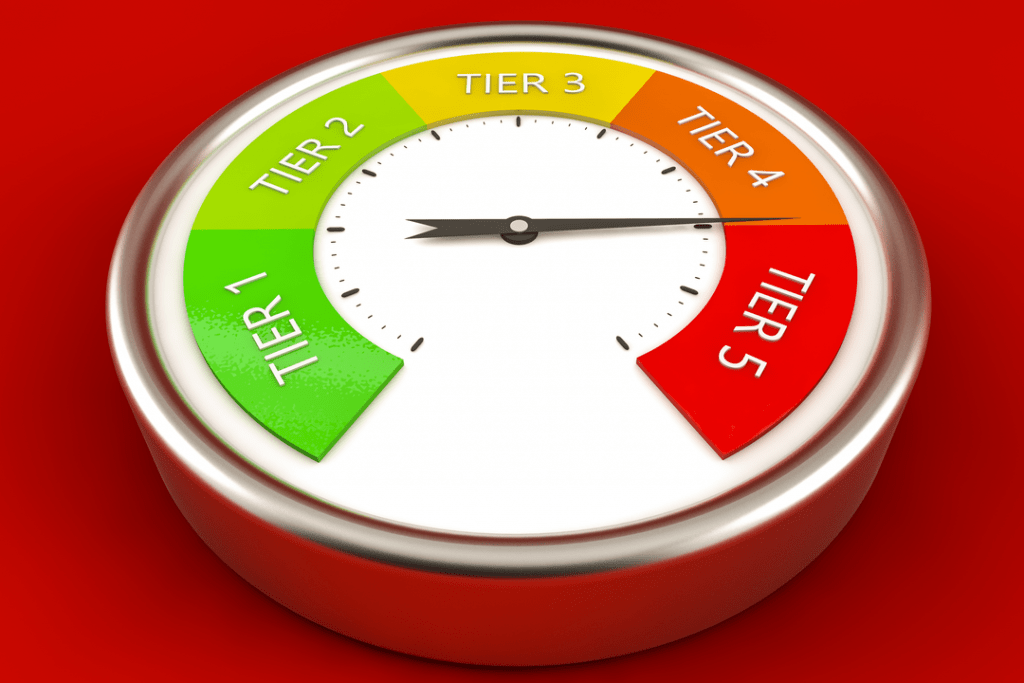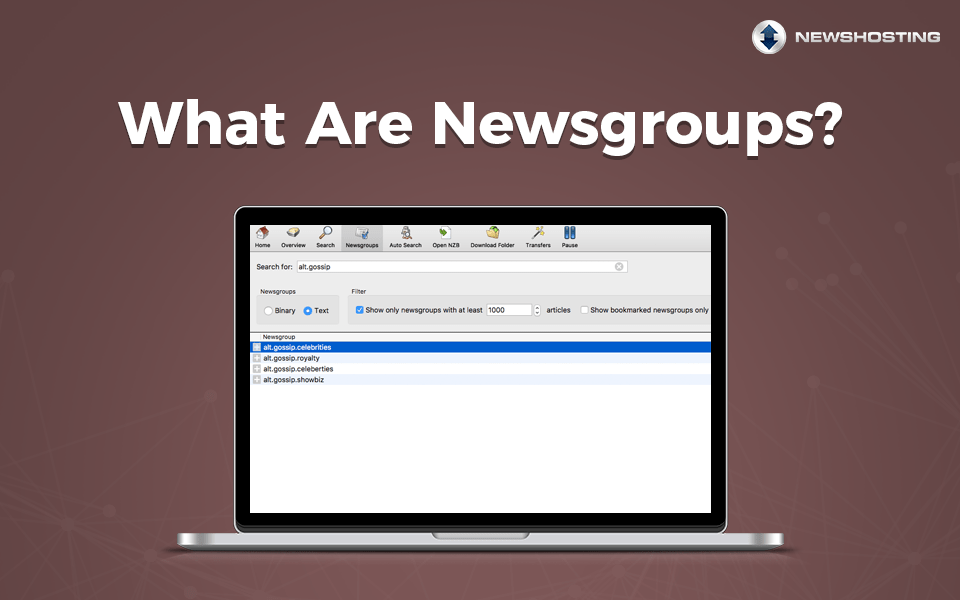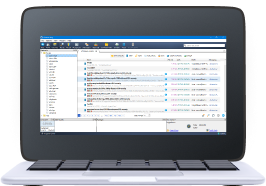It’s not easy becoming a Tier-1 Usenet provider. Most companies never make the effort. But when done right, having that type of network is better for customers and company alike. We’d like to explore what goes into becoming a Tier-1 Usenet provider and why we’ve made that effort.
What is a Tier-1 Usenet Provider?
It sounds a lot like a marketing term. “Tier-1 Usenet provider.” But the fact is that it has an actual definition.
A Tier-1 network is a network that can reach every other network with settlement-free connections. Unlike Tier-2 and -3 networks, they don’t have to pay additional fees in order to access certain services online.
In the case of Usenet, this largely boils down to storage and servers. A Tier-1 provider owns their own hard drives, NNTP servers, and traffic routes. Other providers, generally resellers, have to rent that bandwidth from Tier-1 providers, sending their customers’ data through the higher-powered equipment and relying on their article retention in order to serve Usenet.
Why Become a Tier-1 Provider, then?
If resellers get to use the same equipment as Tier-1 providers, then why bother becoming a Tier-1 provider? Why not just rent the bandwidth from one of the higher-level providers and serve your customers that way?
There are a lot of reasons why it might not be a great idea to rely on another Usenet company to provide the equipment you need for your customers.
In some cases, the Tier-1 provider might only allow the reseller to access a portion of their archive or cap their speeds. While they may be willing to sell a portion of their bandwidth, most of the time the Tier-1 company will want to keep the bulk of it for their own customers.
The extra overhead from having to rent bandwidth can be an issue, especially compared to the smaller cost of maintaining a network of high quality servers. It might be harder to compete if your prices have to be markedly higher than other providers.
And, of course, you may not be able to get reseller space on the backbone that you want. Every Usenet provider is connected to a “backbone,” which is basically a collection of available data. While most backbones are the same in most ways, there are key differences in which newsgroups they serve and which posts are available. You might be able to become a reseller for one backbone, but know that your customers want access to a different one that you can’t access as easily.
What Does Becoming a Tier-1 Provider Involve?
If you want to run an effective Tier-1 service, first you’re going to need to choose the backbone you want to base your service on. The fact of the matter is that a completely empty Usenet isn’t going to draw many customers. You can build your own backbone, but that can be incredibly expensive and isn’t a great way to start out.
Next, it’s important to purchase servers. Many companies, even Tier-1 providers, rent space in highly secure server facilities. They provide the equipment and maintenance, but they get the advantage of advanced security, fire suppression, and climate control while not having to worry about finding physical space.
When looking for servers, keep in mind that it’s pretty easy to future-proof most storage equipment. There haven’t been a lot of changes for several years now. But you’ll still want equipment that can be easily upgraded so you can stay ahead of the curve when it comes to processing power.
And, of course, where your servers are located can make a big difference in what kind of Usenet experience your customers have. The physically nearer they are to the server, the faster the connection will be. If you want a trans-Atlantic network, for example, you’re going to need several servers in the US and Europe, not to mention South America and other locations you want to target.
This doesn’t even get into how you can make sure that customer data is transferring optimally. That means understanding the physical equipment required to move data from one place to another at high speeds, as well as purchasing the rights to use those routes.
What We Do
The better option in most cases is to simply use a Tier-1 Usenet provider like Newshosting.
We have countless servers around the world that we use to provide the best article retention rate of any Usenet service. Our equipment is incredibly fast and reliable, up to date, and connected to the best fiber lines available.
At Newshosting, we felt that it was imperative that we be able to offer the highest quality Usenet service at the best price. The only way to do that long term was by building and maintaining a Tier-1 network, which is exactly what we did.
It’s not easy to be a Tier-1 Usenet provider, but it’s worth the effort for our subscribers.







